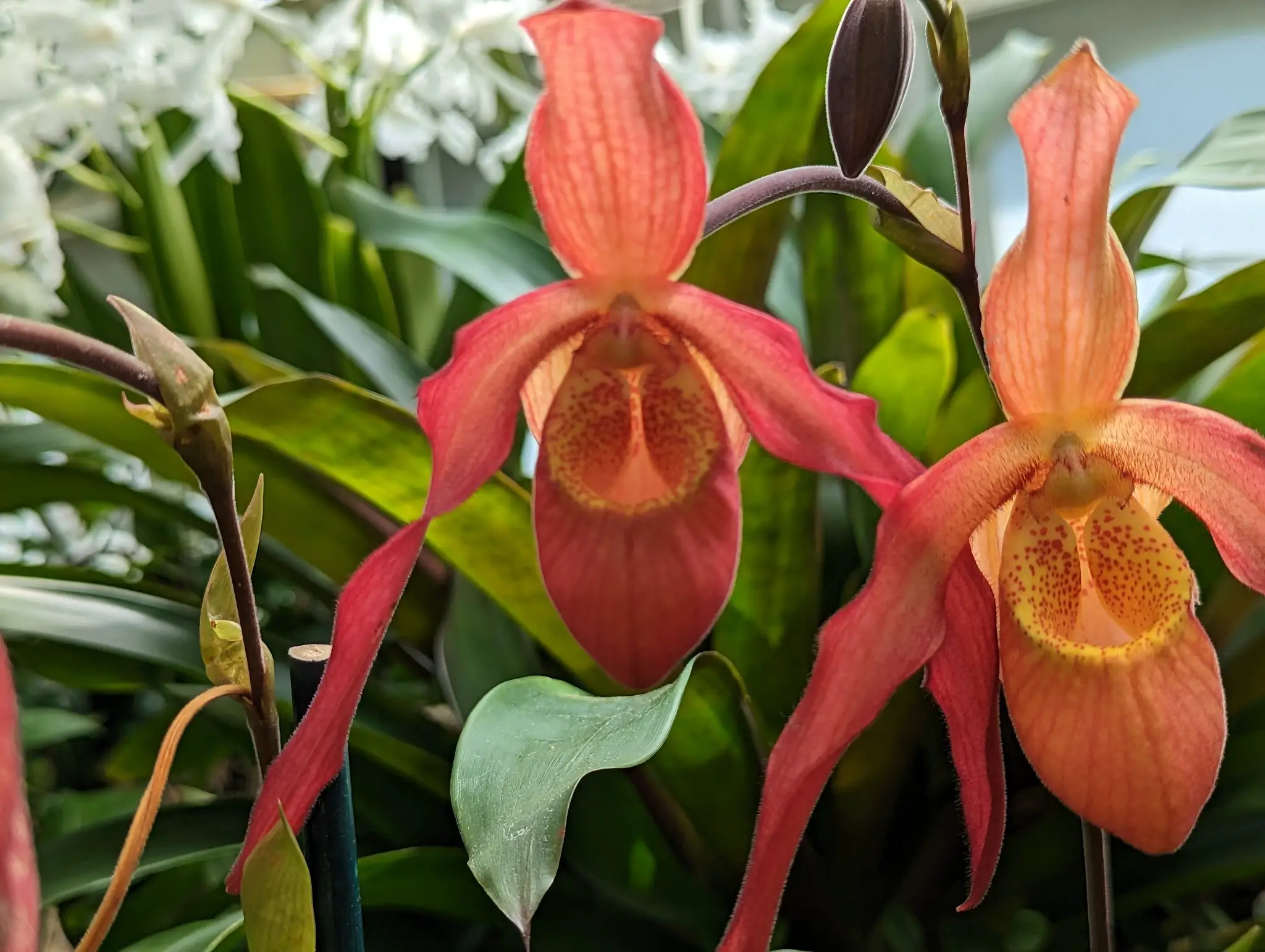The Dolphin Plant, known for its charming and unique appearance, is a popular succulent that has captured the hearts of plant enthusiasts. Officially named Senecio peregrinus, it gets its common name from the peculiar shape of its leaves, which closely resemble a pod of leaping dolphins. This resemblance is not only fascinating but also adds a playful touch to any collection of houseplants.
Native to South Africa, the Dolphin Plant belongs to the Senecio genus, known for its diversity and intriguing forms. It’s a hybrid of Senecio articulatus and Senecio rowleyanus and has quickly become a favorite among succulent growers. The plant’s delicate trailing stems adorned with “dolphin-shaped” leaves make it an excellent choice for hanging baskets or decorative containers.
Growing the Dolphin Plant can be a delightful experience, with its low-maintenance nature and aesthetic appeal. While it can be enjoyed by novice gardeners, understanding its specific needs and providing proper care can help the plant thrive and maintain its unique appearance. Below is an in-depth guide to growing and caring for this charming succulent.
| Attribute | Details |
|---|---|
| Common Names | Dolphin Plant, String of Dolphins |
| Botanical Name | Senecio peregrinus |
| Family | Asteraceae |
| Plant Type | Succulent |
| Mature Size | Up to 6 inches tall, trailing stems |
| Sun Exposure | Bright, indirect light |
| Soil Type | Well-draining cactus or succulent mix |
| Hardiness Zones | 10-11 |
| Native Area | South Africa |
Dolphin Plant Care
Dolphin Plant care requires a balanced approach that takes into consideration its succulent nature. It thrives in bright but indirect sunlight and requires well-draining soil to prevent root rot. While it is drought-tolerant, providing regular but controlled watering will keep it healthy.
Choosing the right container, preferably one with drainage holes, aids in maintaining the proper moisture level. Too much humidity or water can lead to fungal problems, so proper ventilation and spacing are essential. A regular feeding schedule during the growing season with a diluted succulent fertilizer will ensure vigorous growth.
Light Requirement for Dolphin Plant
Dolphin Plant prefers bright, indirect sunlight. A spot near a sunny window with filtered light or using a grow light will promote healthy growth without scorching the leaves.
Soil Requirements for Dolphin Plant
A well-draining cactus or succulent mix is essential for the Dolphin Plant. This type of soil ensures that excess water is quickly drained away, preventing the roots from becoming waterlogged.
Water Requirements for Dolphin Plant
Water the Dolphin Plant sparingly, allowing the soil to dry between watering. Overwatering can lead to root rot, so be cautious not to make the soil soggy.
Temperature and Humidity
Dolphin Plant prefers room temperature, and it can tolerate a bit of humidity. However, it doesn’t like cold drafts or temperatures below 50°F (10°C).
Fertilizer
A balanced succulent fertilizer diluted to half strength can be applied once a month during the growing season. Avoid over-fertilizing, as this can cause weak, leggy growth.
Pruning Dolphin Plant
Pruning is generally not required for Dolphin Plant but can be done to maintain shape or remove dead or damaged leaves.
Propagating Dolphin Plant
Dolphin Plant can be propagated through stem cuttings. Simply cut a healthy stem and allow it to dry for a day before planting in well-draining soil.
How To Grow Dolphin Plant From Seed
Growing Dolphin Plant from seed is a slow process and can be more challenging. Plant the seeds in a well-draining mix and keep them moist until germination.
Common Pests & Plant Diseases
Aphids
These tiny pests can be treated with insecticidal soap.
Root Rot
Caused by overwatering, it can be prevented by using well-draining soil and a proper watering routine.
Common Problems With Dolphin Plant
Shriveled Leaves
This could indicate underwatering. Check the soil moisture and adjust the watering schedule accordingly.
Leggy Growth
Often a sign of insufficient light, moving the plant to a brighter location can solve this problem.
Pro Tips
- Avoid direct sunlight, which can cause leaf scorching.
- Be cautious with watering, as overwatering can lead to root rot.
- Provide a well-draining soil mix to prevent waterlogging.
- Monitor for signs of pests and address them promptly.
- Consider the plant’s native habitat and try to mimic those conditions for optimal growth.




